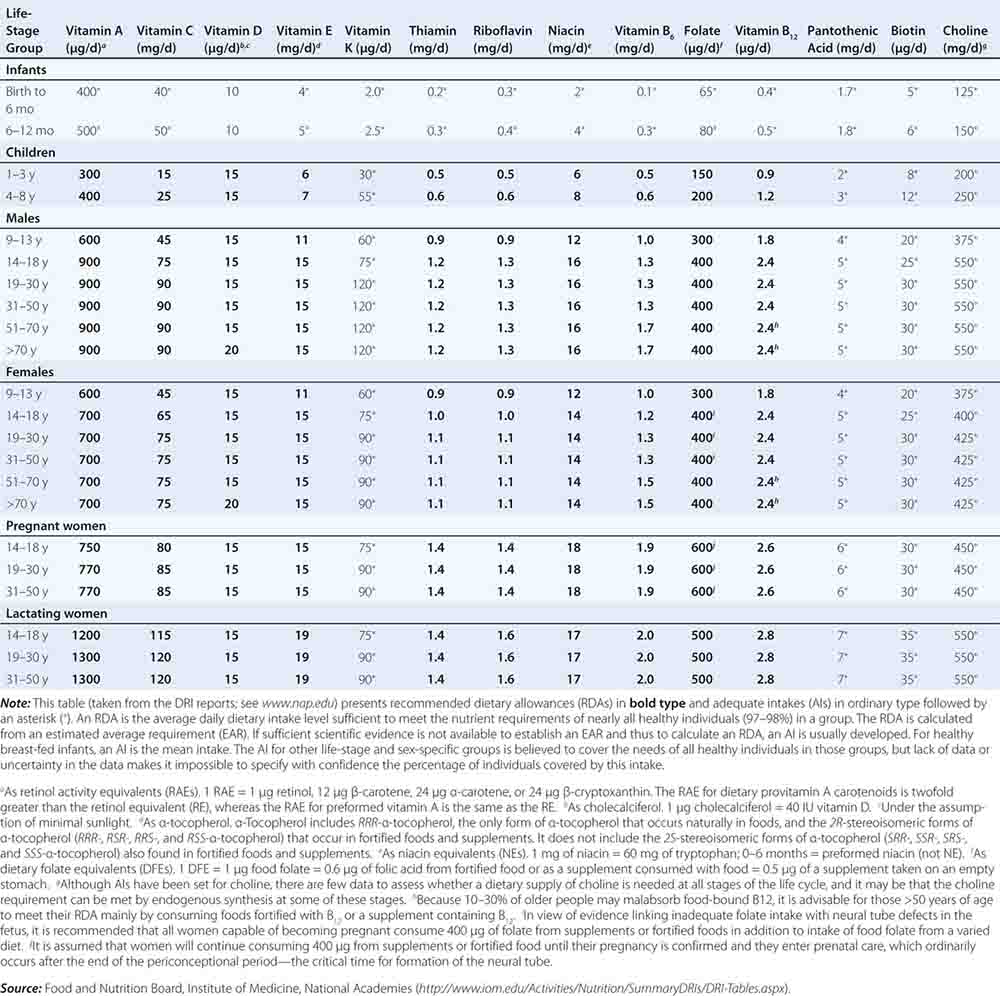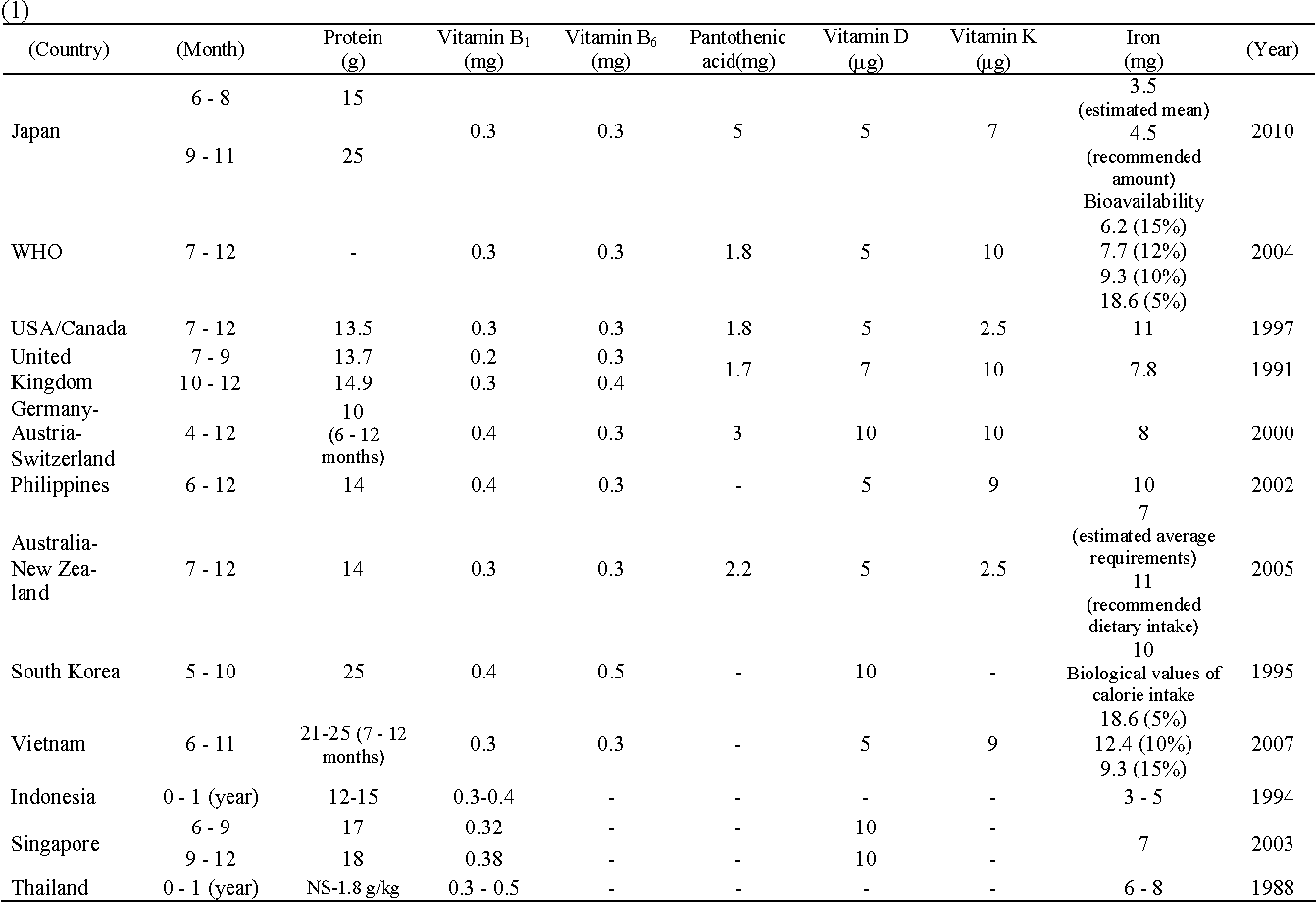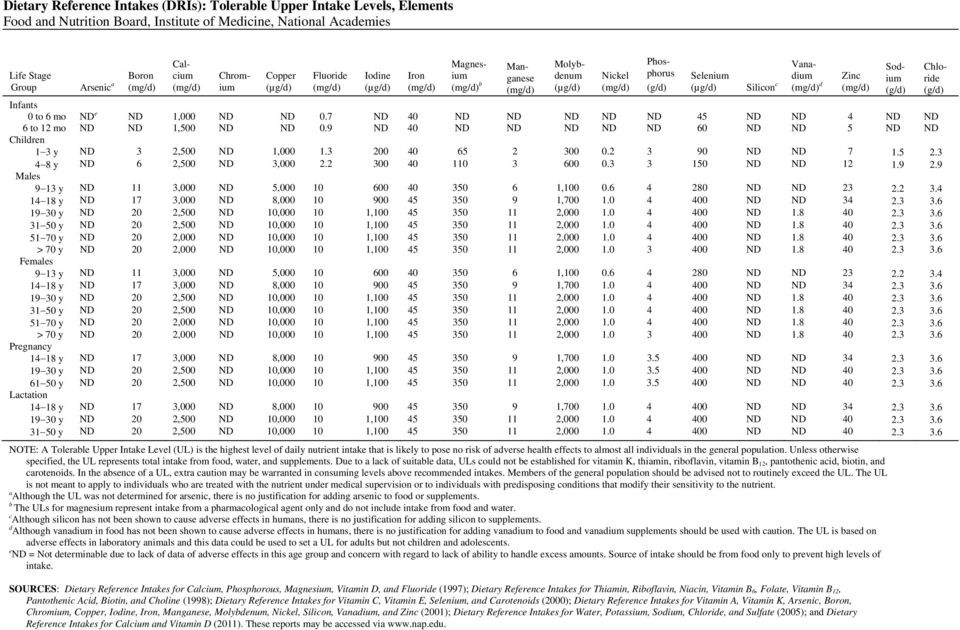Dietary Reference Intakes Dris Recommended Dietary Allowances And Adequate Intakes Vitamins

The dris represent the most current scientific knowledge on nutrient needs of healthy populations.
Dietary reference intakes dris recommended dietary allowances and adequate intakes vitamins. The rda recommended dietary allowance is the average daily dietary intake level that is enough to meet the nutrient requirement of nearly all 97 healthy individuals in a particular life stage and gender group. Recommended dietary allowances and adequate intakes elements. This table taken from the dri reports see www nap edu presents recommended dietary allowances rdas in bold type and adequate intakes ais in ordinary type followed by an asterisk.
Recommended dietary allowances and adequate intakes. Tolerable upper intake levels vitamins. Your intake is shown by the orange arrow.
A brief overview dietary reference intakes dri is an umbrella term for four reference values. Rdas are set to meet the needs of almost all 97 to 98 percent individuals in a group. Rdas and ais may both be used as goals for individual intake.
Dietary reference intakes dris. Sufficient to meet the nutrient requirements of nearly all 97 98 percent healthy individu als in a group. Estimated average requirements ear recommended dietary allowances rda adequate intakes ai tolerable upper intake levels ul the dris are not minimum or maximum nutritional requirements and are not intended to.
Recommended dietary allowances and adequate intakes vitamins. A value based on observed or experimentally determined approximations of nutrient intake by a group or groups of healthy people used when an rda cannot be determined. Rda recommended dietary allowance.
Recommended dietary allowances and adequate intakes total water and macronutrients. The most recent recommendations from the food and nutrition board are the dietary reference intakes dris. Acceptable macronutrient distribution ranges.


















